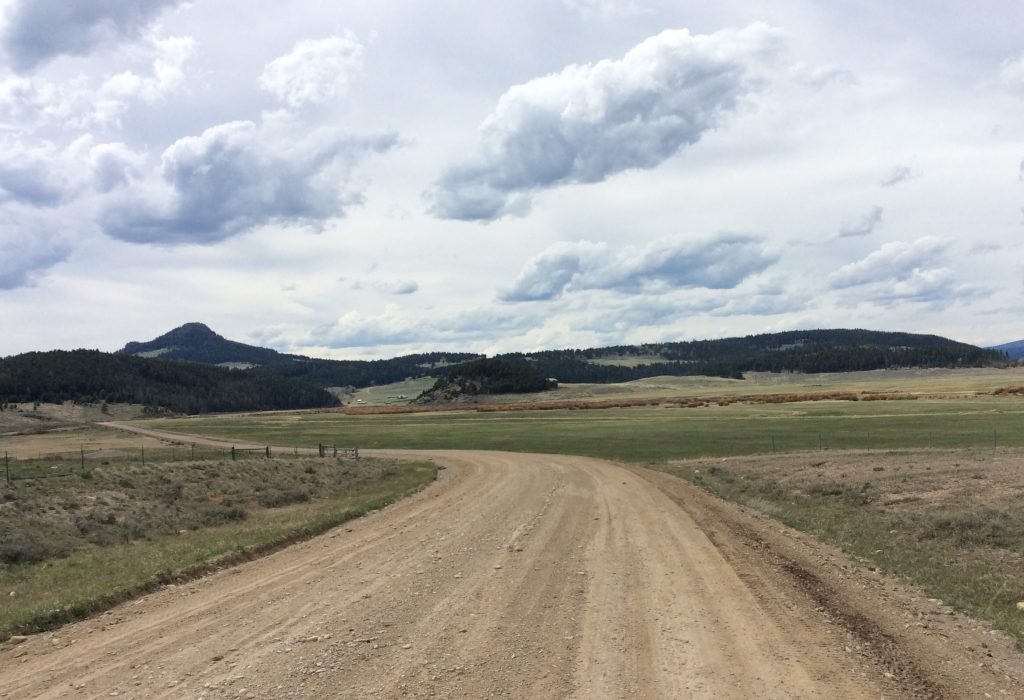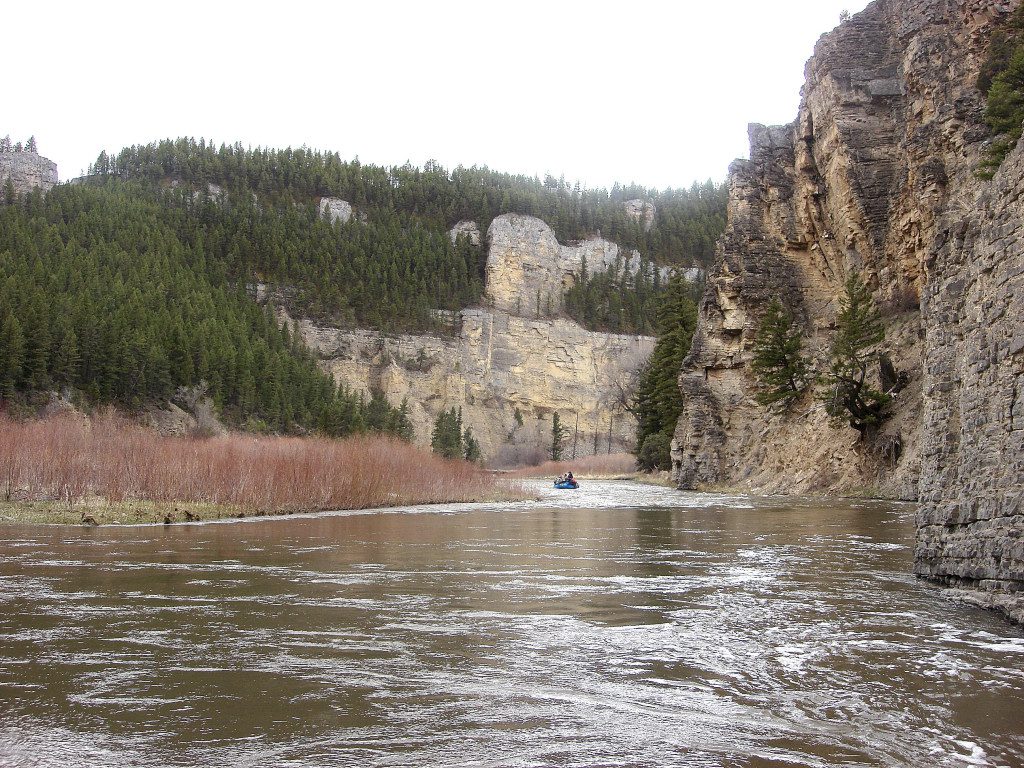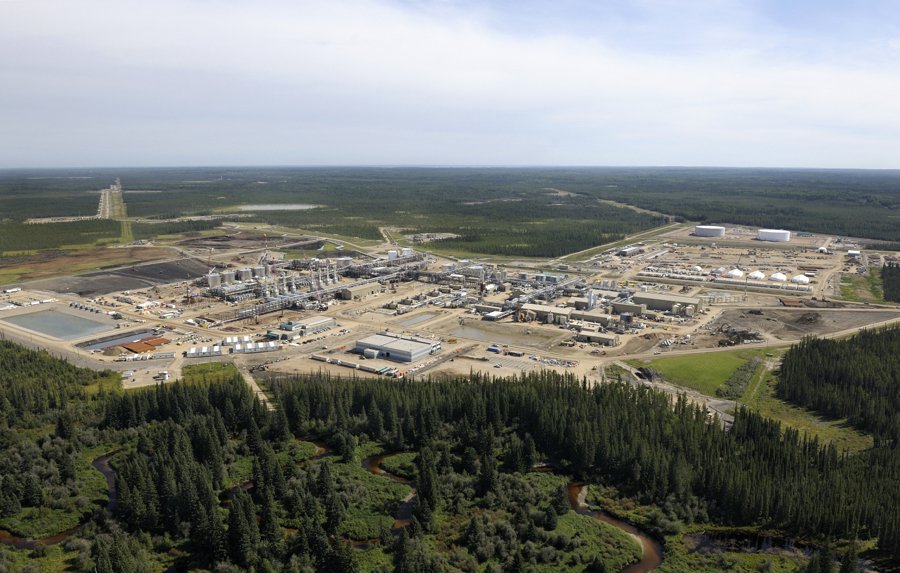Montana signs off on controversial copper mine

The Montana Department of Environmental Quality (MTDEQ) has issued a positive Record of Decision (RoD) to Sandfire Resources America (TSXV: SFR), granting the company an operating permit for its proposed Black Butte underground copper mine.
Concurrently with the RoD, the company has also received its preliminary air quality permit and a Montana pollution discharge elimination system permit.
With the permit in hand, Sandfire and its wholly-owned subsidiary Tintina Montana Inc. can now proceed with developing and mining the Johnny Lee deposit at the Black Butte project.
According to Sandfire, the Johnny Lee deposit represents one of the highest copper grade undeveloped projects in the world, with a measured and indicated undiluted resource of 10.9 million tonnes at 2.9% copper, including a lower zone with a copper grade of 6.8%.
The Johnny Lee deposit represents one of the highest copper grade undeveloped projects in the world
The MTDEQ is in the process of determining the amount of a reclamation bond, which must be finalized within 40 days. Once the bond is submitted and accepted, this will pave the way for construction to begin at Black Butte. Construction is expected to take two-and-half to three years.
The mine, approximately 17 miles north of the town of White Sulphur Springs, is designed to be accessible via a 5,000-foot tunnel. Water pumped from the mine would be treated by a reverse-osmosis process, and the mine tailings or waste rock would be deposited in a lined, cement repository.
The project proposal has faced setbacks and criticism from local environmental groups over recent years, especially in regards to the mine’s potential impact on the area’s groundwater and the nearby Smith River.

The RoD stipulations require an incremental bonding approach allowing for an initial bond increment for Phase 1 development work of surface preparation of the mine site, followed by a second bond increment to cover all underground development, mill construction and any activities involving beneficial water use.
There is also a reclamation bond calculation and final design requirement for the agency modified alternative closure plan, before the second increment of bonding and any Phase 2 development work or mining.
In a press release, MTDEQ director Shaun McGrath said the agency “thoroughly analyzed this project and applied the best available science” before making its decision, and that this was the “most protective hard rock mining permit” the agency had ever signed.
“We are now looking forward to completing the Black Butte feasibility study, progressing project funding options and, subject to a positive final investment decision, building what we expect to become a showcase mine with state-of-the-art technology that we will all be very proud of,” Sandfire CEO and VP of project development Rob Scargill said in a media release.
All technical studies for the feasibility study, which began in October 2018, has been completed, but the company cautioned that the timing for completion of the study may be delayed due to the global health and financial crisis caused by covid-19.
{{ commodity.name }}
{{ post.title }}
{{ post.date }}

Comments